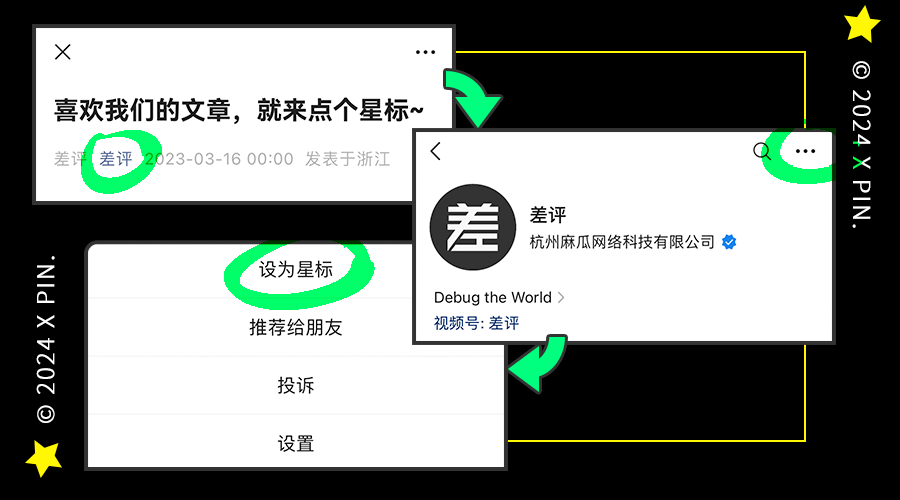A regular smartphone may soon have night vision and透视 (X-ray vision) capabilities.
 This is not just a boast; it is indeed possible in the near future.
This is not just a boast; it is indeed possible in the near future.
Recently, the Hubei Optics Valley Laboratory developed a new technology that produced an imaging chip capable of receiving short-wave infrared light. When installed in cameras or other devices, it can help us see clearly even in deep fog or through layers of plastic or glass.

The key is that they have managed to bring the price down to around a thousand yuan. In the past, similar cameras were only used in universities or corporate research, costing at least 250,000 yuan, which would deter ordinary people from even considering purchasing one.
In fact, there are many night vision devices available on Taobao for under a thousand yuan, but what we are introducing here is completely different.
 Let’s first clarify that the basic principle of an imaging chip is to convert the different wavelengths of light into electronic signals.
Let’s first clarify that the basic principle of an imaging chip is to convert the different wavelengths of light into electronic signals.
Those cheap night vision devices are mostly thermal imaging; they collect the thermal radiation emitted by objects based on their own temperature and color the images according to the intensity of the radiation, resulting in a thermal difference map.
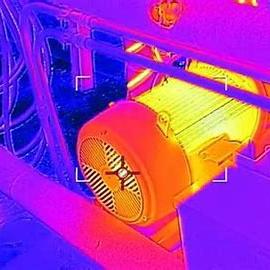
In contrast, the night vision images produced by the short-wave infrared light imaging chip are similar to normal photographs, albeit in black and white.
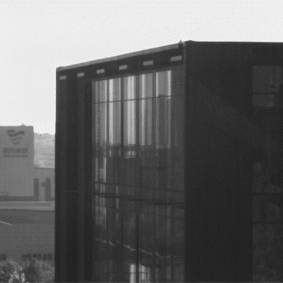
At first glance, some may think that thermal images look even better visually.
 However, we must not forget that the new chip, in addition to night vision, also possesses its “透视” (X-ray vision) capability.
However, we must not forget that the new chip, in addition to night vision, also possesses its “透视” (X-ray vision) capability.
This is because the imaging principle of the new chip is similar to that of the human eye, relying on direct reflection.
The reflected light contains not only visible light but also some invisible short-wave infrared light.
It is present both day and night, and even the dim light at night can be considered a form of short-wave infrared light.
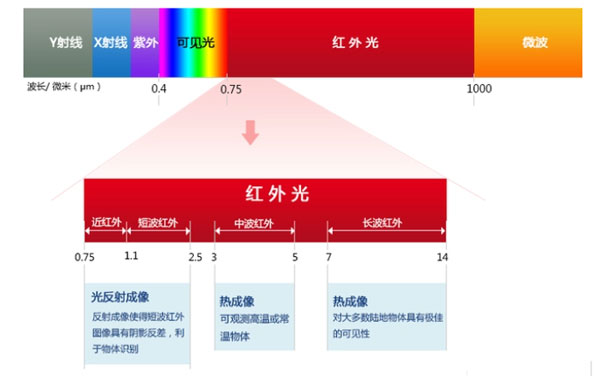
Moreover, different materials absorb and reflect short-wave infrared wavelengths differently… thus this technology can help us distinguish the composition of objects.
For example, it is difficult for the naked eye to differentiate between sugar and salt, but under short-wave infrared light, it becomes clear. It can also determine whether rice has absorbed moisture.
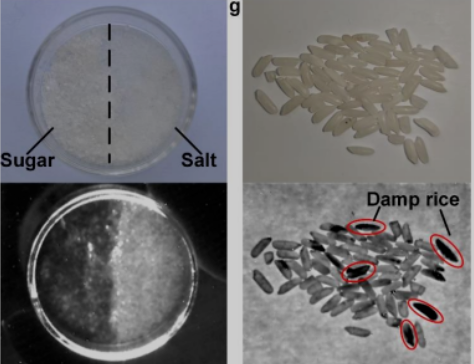
However, it should be noted that short-wave infrared cameras have not appeared overnight.
 Due to high technical barriers and costs, they have not been widely adopted.
Due to high technical barriers and costs, they have not been widely adopted.
The main culprit behind this is the core material of short-wave infrared cameras—indium gallium arsenide. It is highly sensitive to short-wave infrared light and has excellent optoelectronic properties, making it very advantageous.
However, the drawbacks are also evident: it is too expensive.
Currently, a typical indium gallium arsenide sensor is priced at several thousand euros, which is closely related to its complex production process.
To manufacture it, a layer of indium gallium arsenide film must first be grown on a silicon wafer, and the entire process requires maintaining high vacuum and precise temperature control without fluctuations.
Subsequent steps include photolithography, metallization, testing, and packaging. To accomplish these, significant investments in machinery are required, such as molecular beam epitaxy equipment and photolithography machines, which are not cheap, and skilled personnel are needed to operate these instruments.

In short, the costs in terms of labor, materials, and finances are quite high.
However, the issues of technology and cost cannot be ignored, so over the years, the Optics Valley Laboratory has been finding ways to reduce prices. Now, the research team has undergone a significant overhaul from materials to processes, utilizing lead sulfide colloidal quantum dot chips.
 They synthesized nanometer-sized particles of lead sulfide colloidal quantum dots using a low-cost low-temperature solution method. Because of their small size, the optical and electronic properties of the nanometer-sized lead sulfide particles have become much stronger.
They synthesized nanometer-sized particles of lead sulfide colloidal quantum dots using a low-cost low-temperature solution method. Because of their small size, the optical and electronic properties of the nanometer-sized lead sulfide particles have become much stronger.
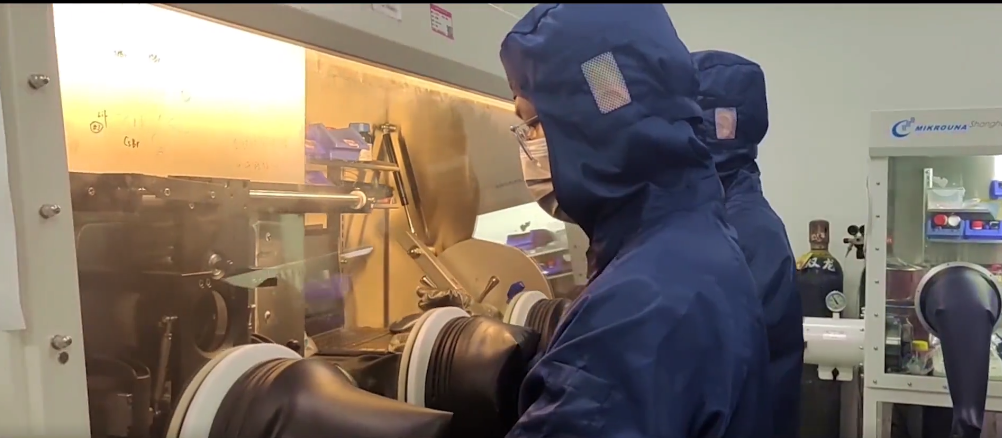
Originally, it could only detect short-wave infrared light in the range of 1-3 micrometers, but now it can detect even shorter wavelengths. The chip developed by the team can detect wavelengths between 0.4-1.7 micrometers.
Compared to the existing indium gallium arsenide short-wave infrared cameras (0.9-1.7 micrometers), it can now “see” a much broader range of wavelengths.
Overall, this development has not only improved the performance of short-wave infrared imaging chips but also reduced costs to one percent of the original.
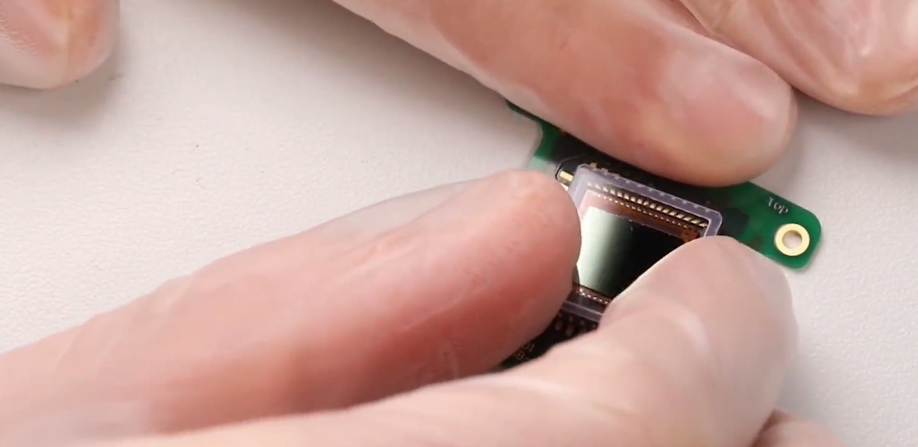
At least when the new short-wave infrared cameras are released, we might finally have a chance to purchase one.
 Currently, some companies are already using this new “night vision” chip, such as Huawei, which has collaborated with the Optics Valley Laboratory for several years and has tested this chip in vehicle cameras, achieving clear visibility even in foggy conditions.
Currently, some companies are already using this new “night vision” chip, such as Huawei, which has collaborated with the Optics Valley Laboratory for several years and has tested this chip in vehicle cameras, achieving clear visibility even in foggy conditions.
Of course, the application scenarios are not limited to vehicle night vision; similar food inspection, semiconductor inspection, and security applications can also benefit from it, such as sorting out damaged fruits on a production line.
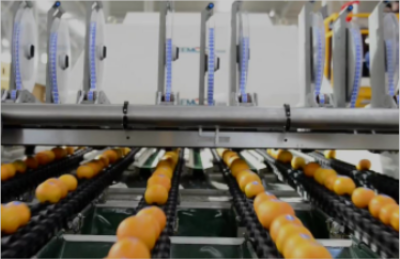
There are also more advanced semiconductor defect detection applications, where everything inside silicon wafers can be clearly seen under short-wave infrared cameras.
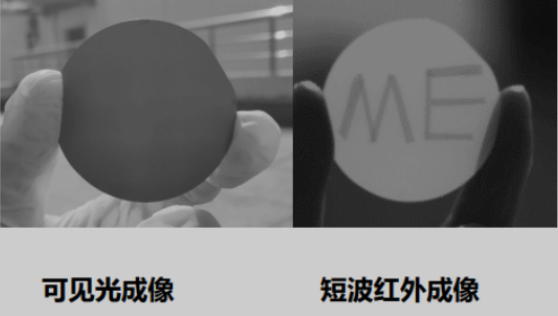
As for when we can use this technology in our daily lives, there is no definite news yet, and it may take some time. However, there is hope; the laboratory has already applied for dozens of patents, including for mobile modules and vehicle cameras that we can use.
As for us, we are just waiting for this mobile module, as we have never seen a phone with night vision and透视 (X-ray vision) capabilities before.
Written by: Squirrel Edited by: Jiang Jiang Cover by: Huan Yan
Image and data sources:
Zhihu, Internet
Optics Valley Laboratory is expected to disrupt the market! Optics Valley Laboratory is the first to layout colloidal quantum dot imaging chip and module product line

